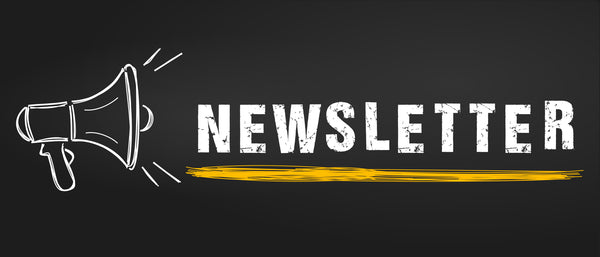
Preparing your quilt top for quilting

Have you heard of sending your finished quilt tops to the “spa”? It’s a tongue-in-cheek phrase for sending a quilt to the longarm quilter to be made beautiful. That’s what a spa is for, right? The designs that connect the layers of a quilt together really do take a top from pretty to pretty fabulous!
These tips will help you, and your quilter, have an amazing experience. You might want to check with your machine quilter to see if she has a checklist of what she’d like you do to before receiving your quilt top. It’s also helpful to know what her price includes, items you may need to purchase from her, such as batting, and how quick the turnaround time is if you need it for a special occasion. Not sure who to use? Ask to see the quilts of your friends to see if their quilter is to your liking.

Press your quilt top from the back, making sure that seams are flat, and that there aren’t puckers or gaps along the seamlines. Be sure borders lie flat and aren’t wavy.
Examine the back of the quilt and remove any loose threads and clip extra thread at the seam endings. This is especially necessary if you have a light-colored background fabric because you don’t want threads to show on the front after it’s quilted. Check that appliques are secure. If you have embroidered blocks, you’ll need to work with the quilter to determine how those blocks will be quilted. (Leave beading or buttons off until the top is complete.)

Trim the top so that it’s square. Square means that each corner is 90 degrees and that the sides or borders are straight. Stay-stitch around the edge of the quilt top, approximately 1/8” from the edge, using a longer stitch length. This is especially necessary if there isn’t a border or the border is made up of pieced blocks. This will keep seams along the edge from opening. If you have straight borders, stay-stitch where the seams join to keep them closed.
Even though the pattern will tell you what the size of the top should be, measure yours. Lay a tape measure both vertically and horizontally through the middle of your top to get an accurate measurement. You’ll need these numbers when you prepare your quilt backing and batting.
Prepare your backing. A general rule is that backing and batting should be at least 4” extra on each side of the quilt, so a total of an additional 8” in width and length. Check with your quilter for her requirements. Unless you are using wide-back fabric, you’ll need to piece your backing fabric together. Horizontal seams are preferred. Use a ½” seam allowance and press the seam open. If you have lots of larger pieces leftover from making your top, you can stitch them together to get the size you need. Scrappy backs are fun to look at! When you’re done, press and square the back.
Batting needs to be larger than the top, like the backing is. If you are bringing packaged batting to your quilter, open it up a few days before so that the creases can relax. Choose the loft of the batting to gives the amount of puffiness you want for the finished quilt. If you’re not sure what to buy, ask the advice of your quilter or purchase it from them.
Pin a note to the top of your quilt and backing that says “quilt top” so that there isn’t any question about which way the quilt will lie later. This is important on a quilt that will be used in a certain direction or if you want the backing to look a specific way after quilting. Carefully fold all of the parts of the quilt and place in a clear bag or a box. Try to avoid using traditional garbage bags if you can!

Once you take your top to the quilter, you’ll be asked what kind of design you’d like as well as thread colors. It helps to think some of that through beforehand but if you’re not sure, your quilter will have plenty of options for you. This is a good time to discuss extras, too. Some extras include trimming the excess backing and backing, machine sewing your binding to the front (have it prepared and in your bag), or even completely sewing your binding in place.

Once you get your quilt back from the “spa”, it’s time to finish the binding, attach a label, and fluff your quilt by either tossing into the dryer for a few minutes, or washing and drying it to give it that soft crinkled look. Next step – getting cozy with your new quilt!



